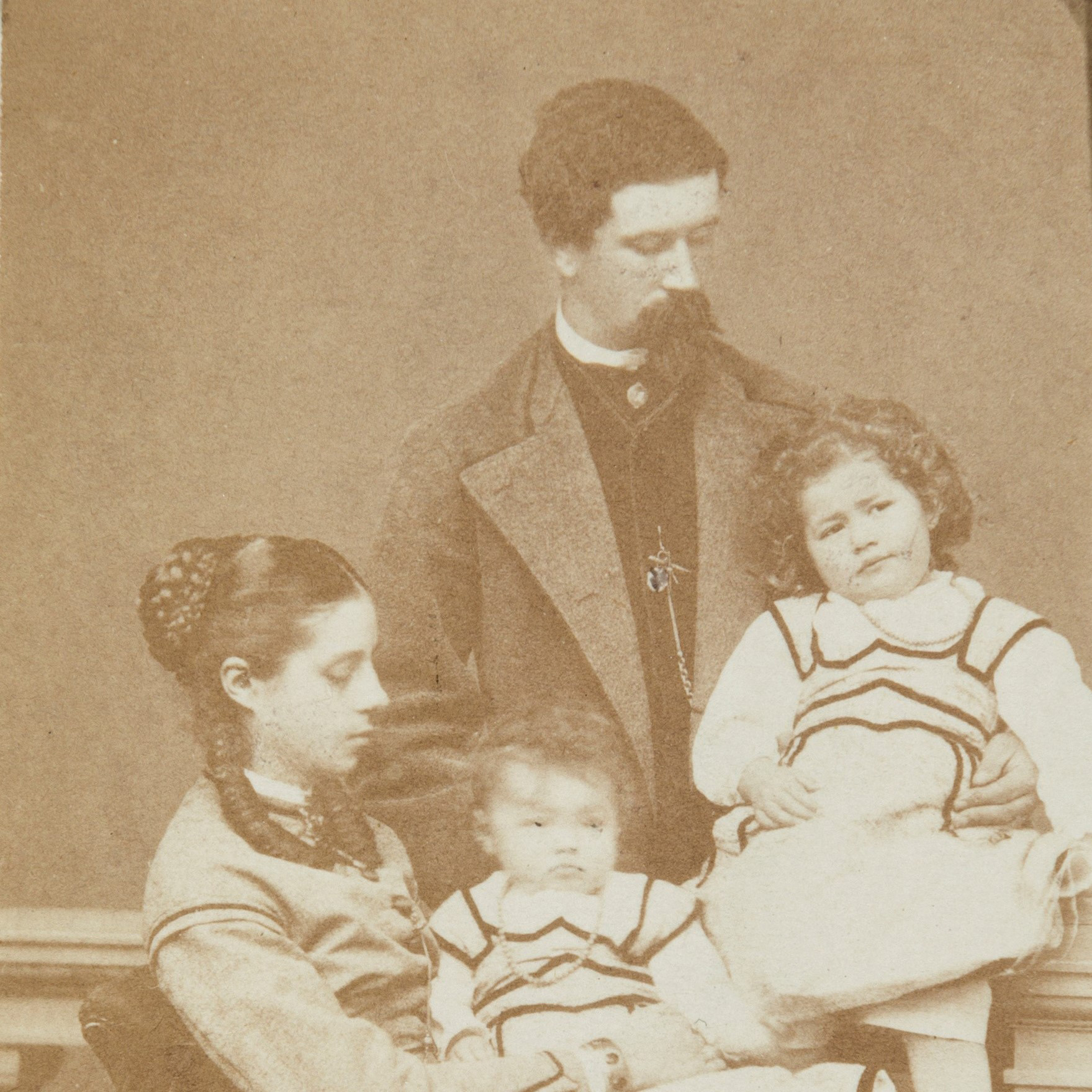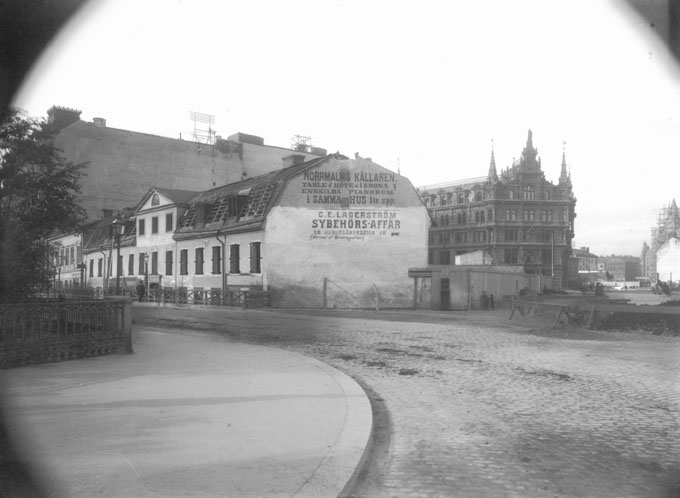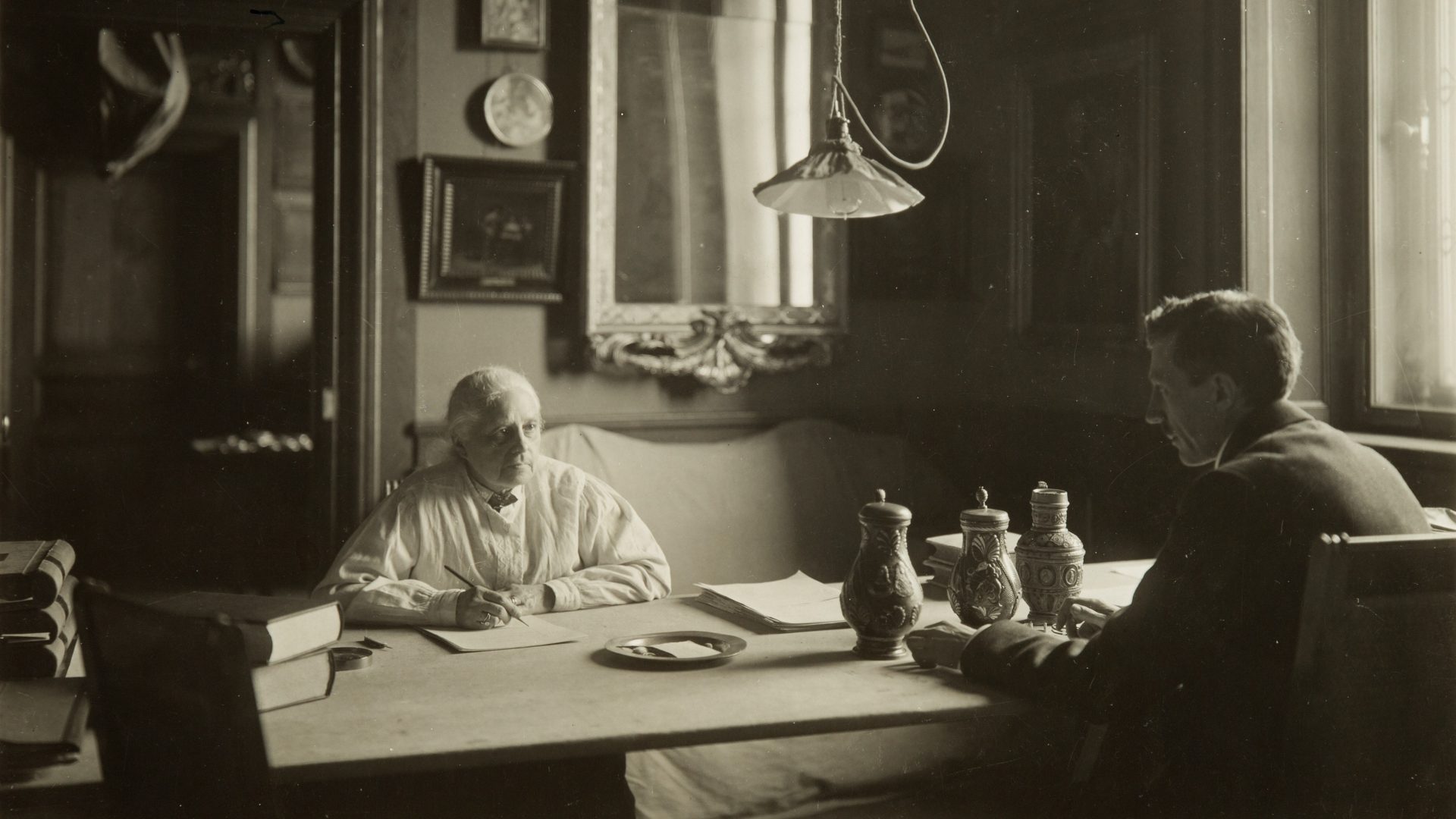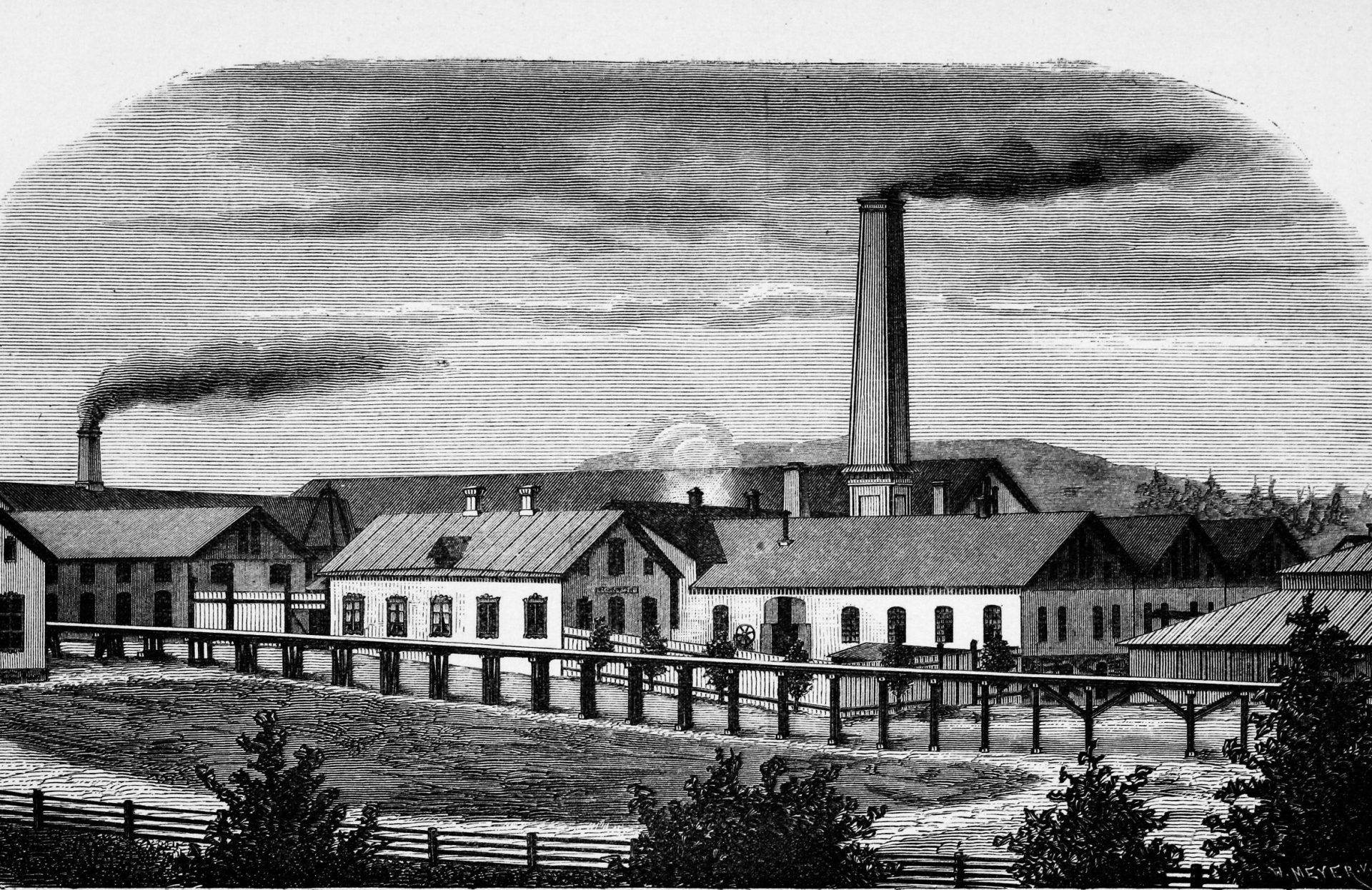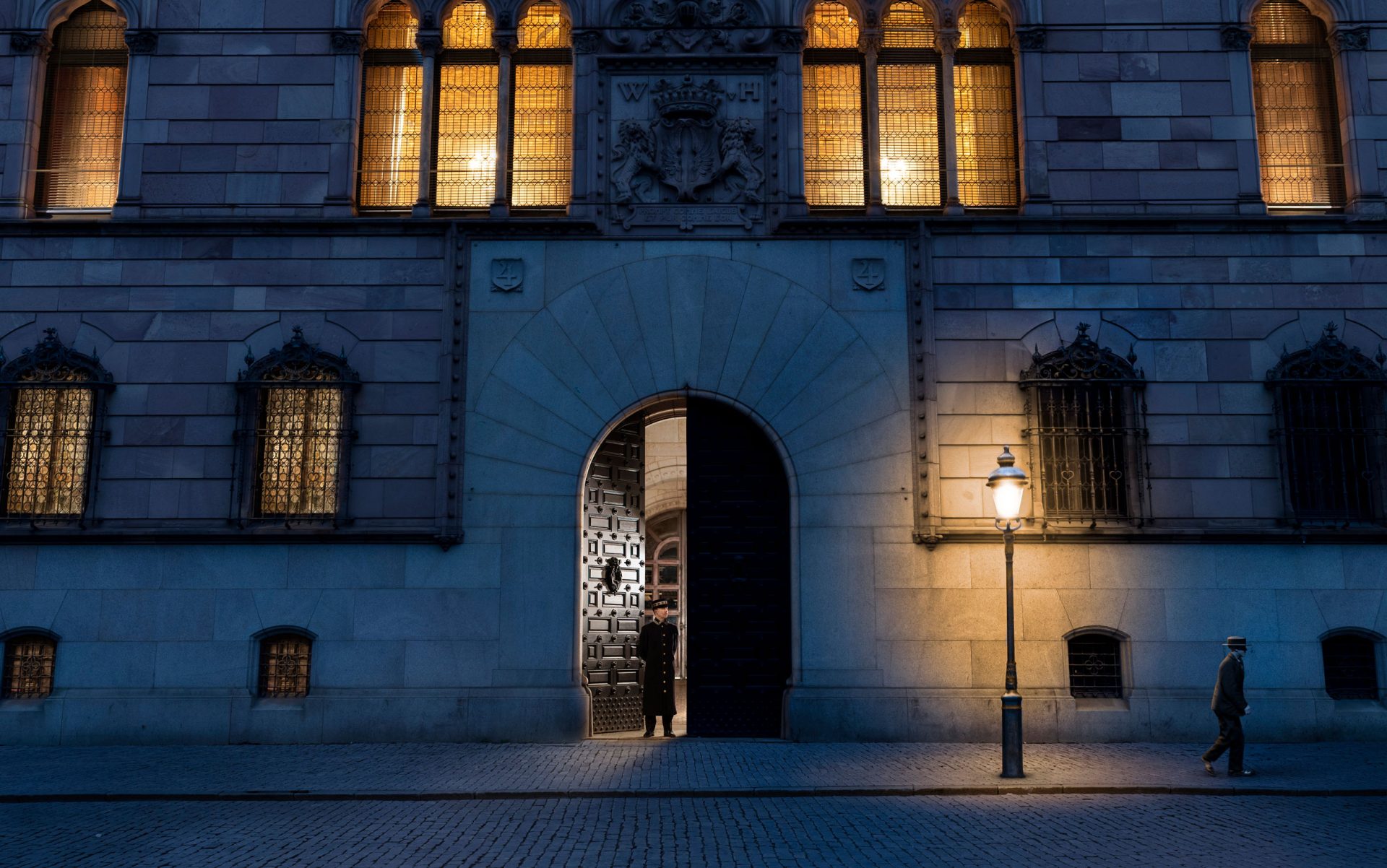
History of the House
Hallwyl House was built as a family home, but the building was also tailored to contain Wilhelmina’s wide-ranging collections of art, decorative arts and antiques from numerous periods of history. To match these collections the architect Isak Gustaf Clason designed the lavish interiors using a variety of historical styles. In terms of technology and comforts, however, the house represented the height of modernity at the time. During your visit you will see a nearly untouched milieu, preserved in the smallest detail.
The unique collection of Hallwyl
Almost at the outset Wilhelmina von Hallwyl had the idea to preserve her home and collections for posterity, and she embarked upon an ambitious project of cataloguing every object in the house. From kitchen equipment and personal possession to works of art – each item was numbered, photographed and meticulously described by Wilhelmina and her staff of assistants and experts. The 78-volume catalogue was privately printed in an edition of 110 copies.
In the era of the great collectors
Wilhelmina von Hallwyl built her collection in a time when iconic collections were built by other private collectors. She was evidently part of an international trend. The countess is compared with other contemporary collectors who shared similar collecting practices and who, like Wilhelmina, built broad collections. Several of these collectors shared the ambition that the collections and home would be shown as a museum.
See a video lecture by Annika Williams. She presents Wilhelmina von Hallwyl in the light of other great collectors in Sweden and abroad.
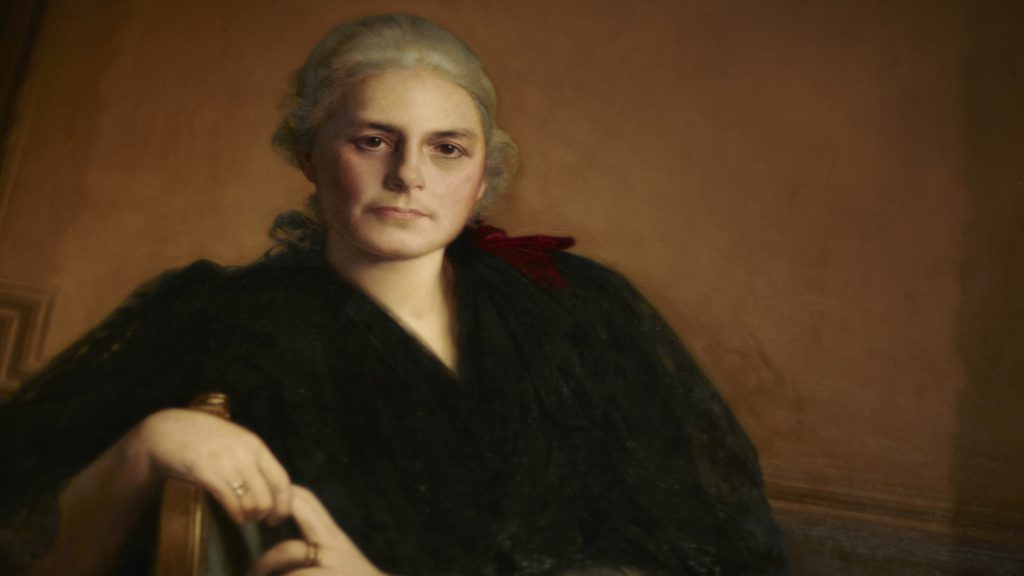
Video: Karin Bogaeus, Hallwyl museum/SHM.
Our sister museums mentioned in the film:
The Wallace Collection
Waddesdon Manor
The Frick Collection
Isabella Stuart Gardner
Musée Jacquemart André
The house and collections today
The Hallwyl Museum remains a monument to the vision and foresight of Wilhelmina von Hallwyl and offers a unique insight into the life and material culture of a wealthy family at the turn of the 20th century. Welcome to dig in to the history of the house and the people that lived here. You find us at Hamngatan 4 in Stockholm. You can also visit us digitally and read more about the house and family in the end of this page.
